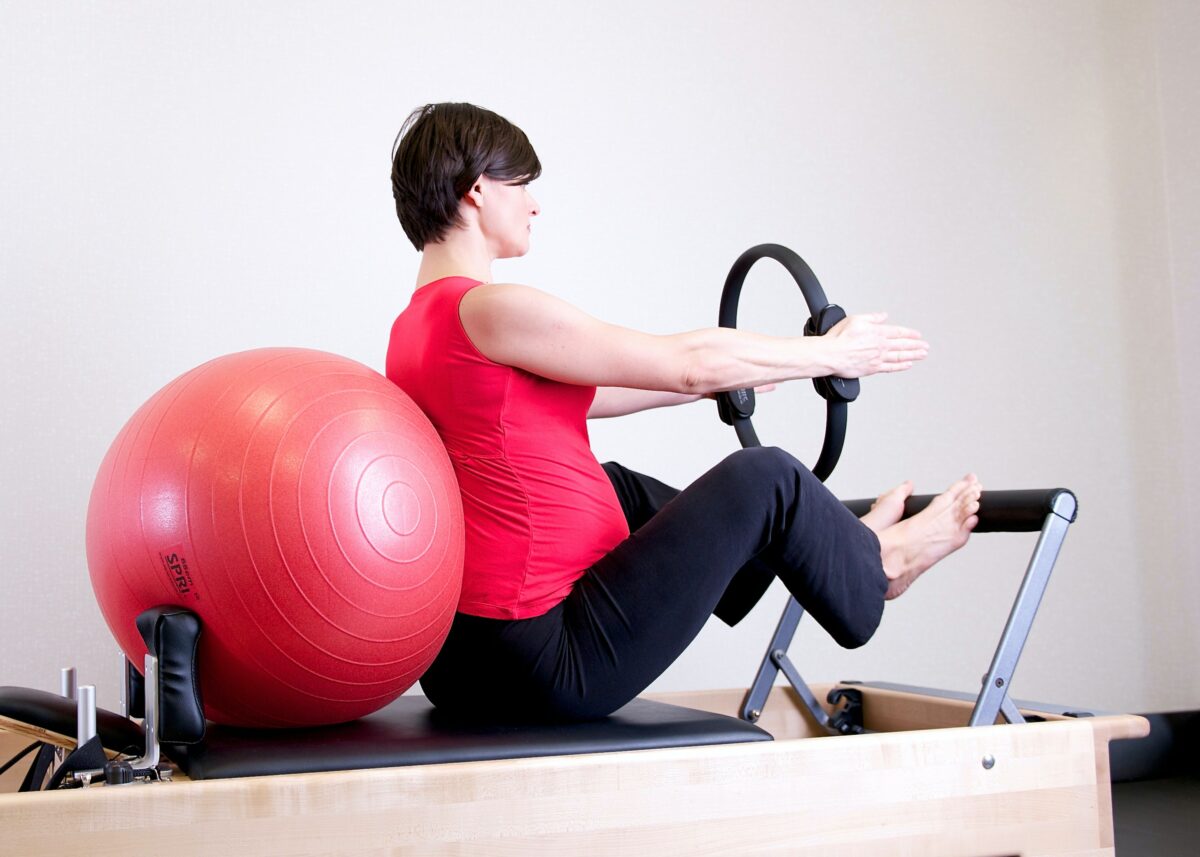Your body has just been through a big transformation with pregnancy and delivery. Help to nourish your body by prioritizing recovery, especially during these next few weeks.
Sleep
While sleep may sound impossible right now, even short power naps can help add up to boost your body’s ability to recover. If you’re having trouble falling asleep, try these tips:
– Make the bedroom dark with blackout curtains or a sleep mask
– Reduce the temp. Studies have shown the ideal temperature for achieving deep sleep is 65-69 degrees. Check with your pediatrician for safe sleep tips for baby if room sharing.
– Limit screen time. Reduce your screen time before attempting to sleep and add in blue light blockers or reduce the blue light through your phone’s settings during dark hours
Ask for help
You don’t have to try to do everything on your own. If friends and family ask if there’s anything they can do, give them tasks to help you around the house. A postpartum doula may also be a great investment to help you during these first few weeks.
Nourish your body with food
Nutrition can play an integral part in postpartum recovery. Try to increase your intake of foods high in omega-3 fatty acids, iron, zinc, and fiber.
Activity
While early postpartum isn’t the time to start back to your regular exercise program, these are some activities you can prioritize during early postpartum.
Breathing
- Breathing is the foundation to your postpartum recovery and strength building process.
Kegels
- Not just a squeeze, a kegel is a contraction of the pelvic floor muscles that includes both a squeeze as if trying to stop the flow of urine and a lift, as if trying to lift something sitting at the vaginal opening up and inside the vagina like a vacuum cleaner. It is equally important that you can fully relax these muscles after you squeeze them. We recommend seeing a Pelvic Health Physical Therapist to perform a comprehensive assessment and assist you in proper performance, as we know that 50% of women perform kegels incorrectly when only given verbal directions. Pelvic Health Physical Therapist can also assist with any neck, back, abdominal, hip, or pelvic pain you may be having. Pelvic Health Physical Therapists are a critical part of the post-partum care team. (Optimizing Postpartum Care | ACOG). In some states you can see a Pelvic Health Physical Therapist without a referral from your physician. Other states require a prescription referral from your physician.
Mobility Work
- It feels good to move your joints after spending so much time sitting to hold and feed baby, especially after 9 months of growing that baby. Focus on shoulder and hip mobility with movements such as wall angels, hip-hinging, rocking in quadruped, and shin box flows.
Walk
- Start out with short trips around the block and gradually build distance and time. Feeling symptomatic when walking? Sometimes changing to walking on a slight incline can help your body get into a better position.
Mental Health Monitoring
- Self-monitor for any signs of postpartum depression
- You can take this simple survey to screen yourself (edinburghscale.pdf (ucsf.edu) . If you score 13 or higher OR if you answered anything but NEVER on question 10, you really need to consult your doctor!
Casey Thomas-Hardesty, MS, NTP and Jenny LaCross, PT, DPT, PhD(c), WCS, ATC, CLT-LANA
© WKU {2022} All rights reserved.









